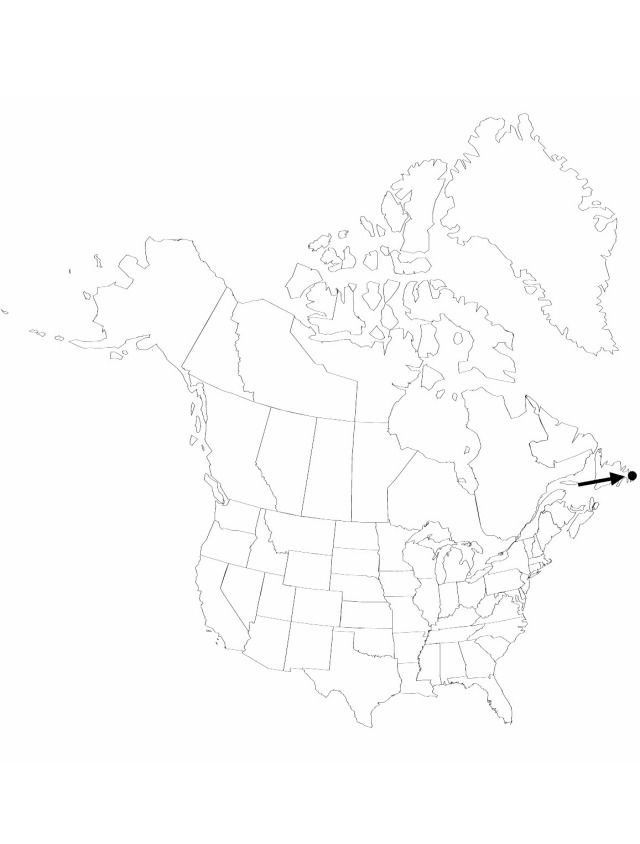Luzula campestris
in J. Lamarck and A. P. de Candolle,Fl. France, ed. 3 3: 161. 1805.
Rhizomes conspicuous. Stolons short, slender. Culms not cespitose, decumbent, 10–20 cm. Leaves: basal leaves few, 2.5–15 cm × 4 mm, apex callous, pilose. Inflorescences racemose; glomerules 2–6, central glomerules sessile or all congested, not cylindric; peduncles straight, divergent as much as 90°, to 3 cm; proximal inflorescence bract dark, often purplish, leaflike. Flowers: tepals dark reddish, shining, with wide clear margins and apex, (apex acuminate, midrib extending as awned tip), 3–3.5 mm; outer and inner whorls equal; anthers ca. 2–6 times filament length; stigmas ± equal to style. Capsules brown, shining, (usually lighter than tepals), conspicuously shorter than to nearly equal to tepals; (beak obvious). Seeds reddish, globose, 1–1.3 mm; caruncle to 1/2 seed length. 2n = 12.
Phenology: Flowering and fruiting summer.
Habitat: Sunny clearingsHabitat??
Elevation: 500–900 melevation??
Distribution

Nfld. and Labr. (Nfld.).
Discussion
Luzula campestris may occur rarely elsewhere in Canada and the United States in lawns and cleared places (collected in Massachusetts in the 1920s). A common European species, the name is used in our floras for almost every species of the "multiflora–campestris" complex.
Selected References
None.